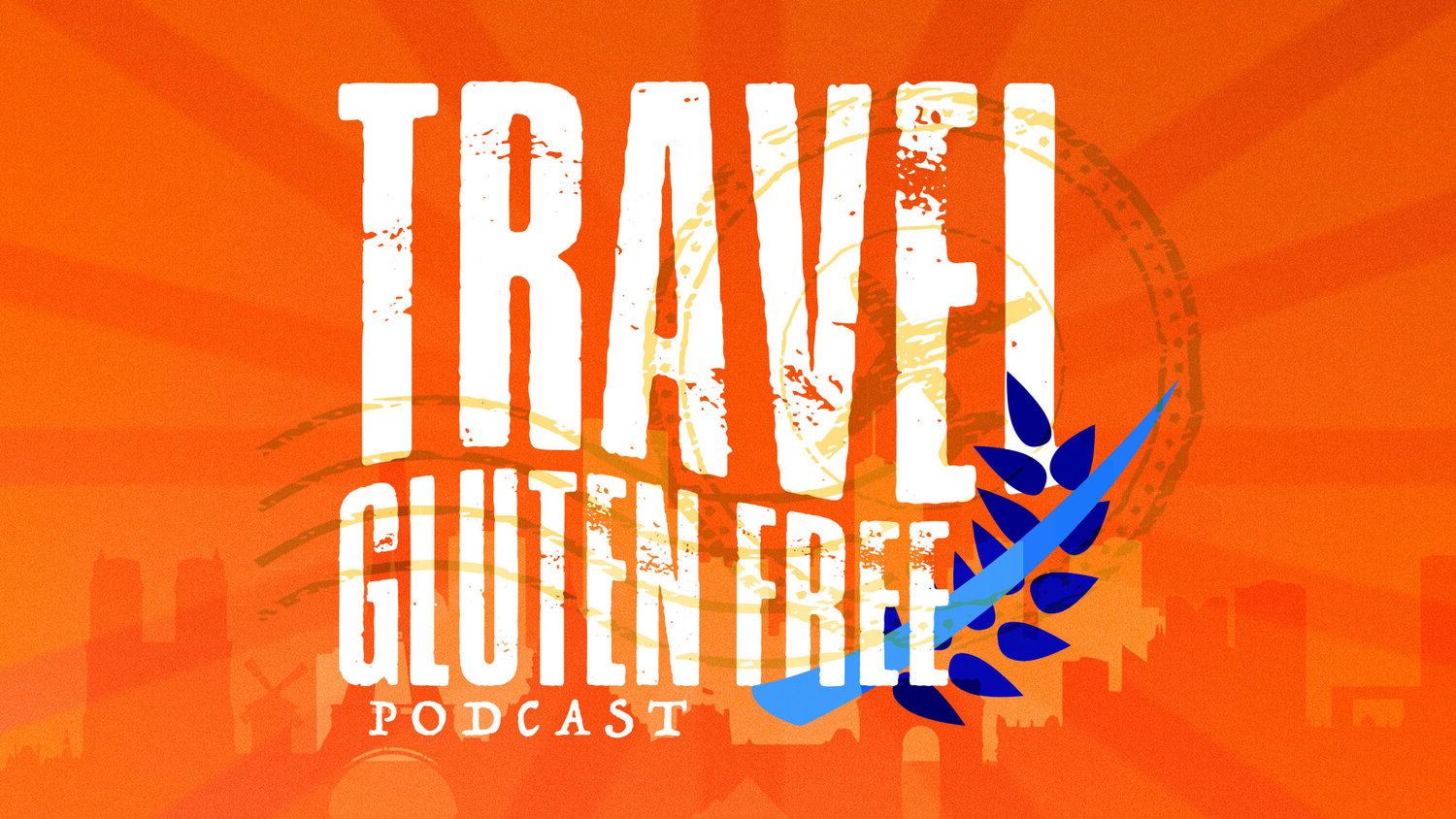New to Gluten-Free? Here are Gluten Free Beginner Tips!
Suppose you've recently been diagnosed with Celiac disease, or you need to eat gluten-free because you have an auto-immune disease. In that case, you may feel overwhelmed and unsure what to do! I felt like the world caved in when I learned I needed to be gluten-free. However, when you're Celiac or eating gluten-free for medical reasons, you'll see a significant improvement and upgrade your health when you cut out gluten.
Look at the foods that can benefit your digestion and health when you need to eat a special diet. Unfortunately, people experiencing sensitivities or immune reactions to gluten-related foods, such as gluten intolerance, are rising. Not everybody needs to live a gluten-free lifestyle, but if you need to be gluten-free and don't know where to begin, here are tips for enjoying a gluten-free life.
Going gluten-free is daunting if you aren’t used to the idea. Just stay calm and do your research!
Many Foods Are Naturally Gluten-Free
Some think they want to go towards a gluten-free way of life; they must cut out most things. In fact, this is not the case. You have to remember there are so many naturally gluten-free foods. Fruit and vegetables, meat, cheese, eggs, and potatoes are all naturally gluten-free. These should be the basis for most healthy meals anyway, so there is no reason why you cannot create naturally gluten-free meals.
Using Naturally Gluten-Free Cereals and Grains
You can use many naturally gluten-free alternatives if you are a big fan of oats and cereals. You can purchase gluten-free oats to make oatmeal, but a growing number of naturally gluten-free meals use quinoa as the base. Other grains and cereals such as amaranth, buckwheat, and millet can be included in your diet. Be careful with oats; they can have traces of gluten unless they are certified gluten-free oats because oats are farmed with wheat, which contains gluten.
Substitutes Your Favorite Foods for Gluten-Free Foods
If you love your morning pancakes or toast, you can switch to gluten-free alternatives to your past and present food favorites. For example, suppose you are a stickler for savory bacon pancakes on a Saturday morning and would like the gluten-free variety of pancakes. In that case, there are many different types of gluten-free flour, including almond flour, coconut flour, and traditional flour with the gluten removed that you can use. You can also grab a box of gluten-free pancake mix.
Know Which Alcohols Contain Gluten
Suppose you like a beer or spirits to enjoy with your gluten-free dinner. In that case, it's important to remember that many beers contain gluten and are unsuitable for a gluten-free diet. You can purchase gluten-free beers in some restaurants and stores, but ensure you only drink those labeled gluten-free. It's important to remember that for a drink to be classed as gluten-free, it only has to have below 20ppm gluten. Remember, if you're Celiac, don't drink any gluten-reduced type of beer because it still has gluten.
Even though you can't drink many types of beer unless they are entirely gluten-free, other drinks are naturally gluten-free. For example, certain types of hard liqueurs, spirits, wine, and some ciders are gluten-free, such as Angry Orchard Hard Apple Cider. However, remember that because one product in a brand line is gluten-free, that doesn't mean that all their products are gluten-free. So always read the label to ensure you aren't putting gluten into your digestive system.
The Importance of Reading Food Labels When You're Gluten-Free
Reading labels is a big necessity when you're gluten-free for medical reasons. Always check the label to see if the product contains gluten. For example, many breakfast bowls of cereal contain wheat or gluten and barley or malt and malt flavoring (which is made from barley). These are ingredients that you don't want to eat.
Don't take for granted that the rice cereal you purchased is gluten-free. Many brands of rice cereal are coated with malt sweetener, made from barley, a grain that contains gluten. Since the liquid form of gluten is used as a thickener in many recipes, make sure to read the ingredients on each product, even if it's labeled gluten-free.
When you're in a restaurant, you must ask for gluten-free options, even if they aren't listed on the menu. Some restaurants provide gluten-free options; even traditionally gluten meals like pizza are now in gluten-free form. Grab my book, The Guide to Traveling Gluten Free, if you'd like to read my tips and advice on finding a Celiac-safe restaurant.
Be Aware of Cross-Contamination When You're Celiac
Due to cross-contamination, many restaurants cannot guarantee their food will be exclusively gluten-free. When you're Celiac, cross-contamination is a real issue. Cross-contamination can happen when a chef uses a utensil on gluten food and then uses it without washing it on your food.
You won't be as sensitive to cross-contamination if you have gluten intolerance. At home, you can minimize cross-contamination if you live with others who eat gluten by washing down kitchen surfaces before you use them, using separate spoons and knives when getting butter and jams to reduce being exposed to crumbs, and keeping your gluten-free bread different from the traditional bread.
Suppose you have a sensitivity or an allergy to wheat or are diagnosed with Celiac. In that case, you want your gluten-free meals to be as delicious and healthy as their wheat-containing counterparts. You can find lots of great gluten-free recipes on influencer blogs and websites. You can also find great resources for gluten-free brands on my podcast, Travel Gluten Free, so subscribe today!
Find out more about how to safely travel gluten-free travel with my complimentary ebook, the Ten Tips for Traveling Gluten Free! You can also find out more details about how to travel via cruise, road trip, or camping and learn the freedom you can have when you know how to travel with Celiac disease when you grab my Guide to Traveling Gluten Free.


